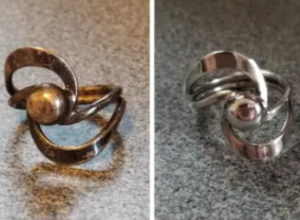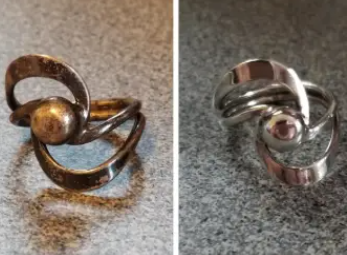As the name suggests, ultrasonic cleaners use ultrasound or high-frequency sound waves, which are passed through liquid, to remove contamination from surfaces.
How do they work?
The high-frequency sound waves, which are usually around 40kHz, are transmitted through a liquid, causing it to be agitated. The liquid can be either water-based or a solvent which, when disturbed, causes cavitation of molecules. This sees small cavities, usually bubbles, form before imploding with force and dislodging any contaminants which are stuck to a surface.

When parts are being cleaned using ultrasound, they are placed in a tray or basket which is then lowered into a large tank. If there are many parts, they may be put on racks which are immersed in the tank. Cleaners can also be called baths, as the parts are being bathed in a solvent or aqueous liquid.
There are many examples of large ultrasonic cleaner available which are used in many industries including automotive, medical and dental. NHS England advises that ultrasonic cleaning is used rather than manual cleaning to ensure the highest standards.

What can they clean?
A large ultrasonic cleaner can be used to clean many kinds of hard surfaces including ceramic, rubber, metal and plastic. In addition, it can clean objects of any shape and size, as the liquid can get into tight spaces which are impossible to access with traditional cleaning methods. Using a large ultrasonic cleaner means that contaminants such as grease, oil and fingerprints which are tightly adhered in recesses and cracks can be removed.
Depending on the level of contamination and the type of material, ultrasonic cleaning usually takes just a few minutes, although more delicate items sometimes need longer. The machines typically operate at a temperature of between 135 and 150°F, as high heat helps to remove dirt faster.

